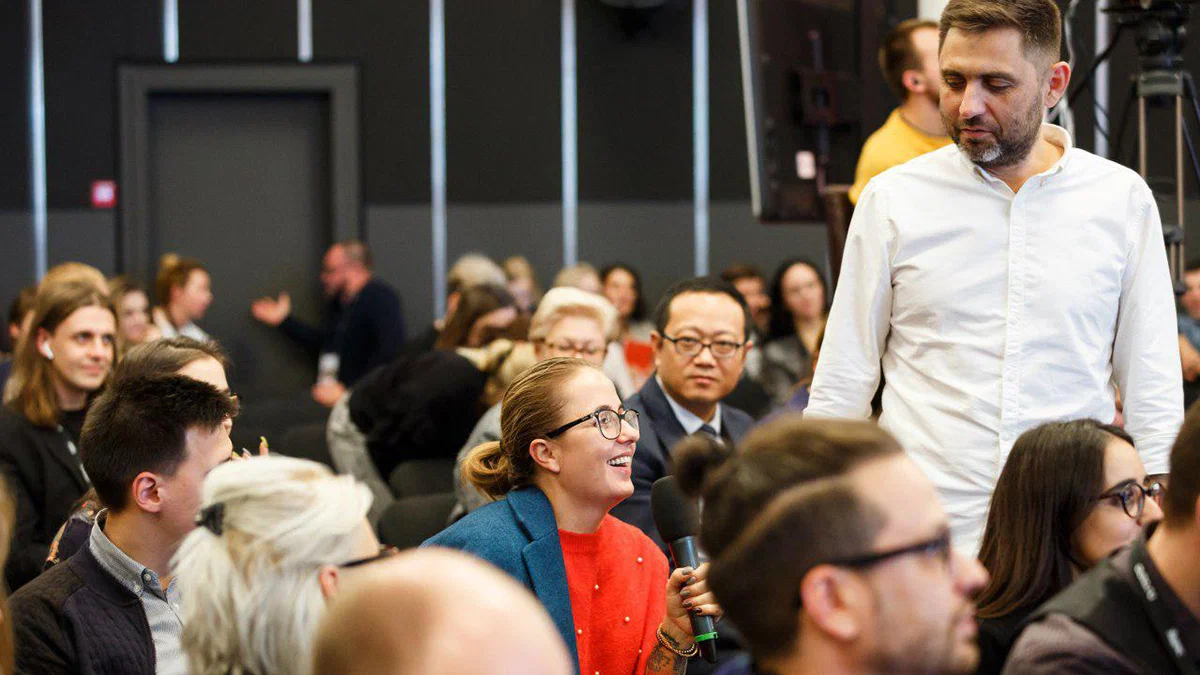Understanding Live Communication
Live communication refers to the real-time exchange of information between individuals or groups, enabling instantaneous feedback and interaction. This mode of communication is crucial in various contexts, including business, personal relationships, and public speaking. As our world increasingly shifts towards digital and virtual interactions, understanding the nuances of live communication becomes even more essential.
In the business domain, live communication facilitates effective collaboration and decision-making. Meetings conducted face-to-face or through video conferencing platforms allow team members to engage dynamically, clarifying misunderstandings and brainstorming ideas on the spot. Moreover, the ability to read non-verbal cues such as body language and facial expressions enhances comprehension, fostering a more holistic exchange of thoughts. Such interactions not only help in achieving common goals but also create a sense of unity within teams.
In personal interactions, live communication plays a pivotal role in building and maintaining relationships. Whether it’s a casual conversation with friends or an important discussion with family members, being present and engaging in real-time fosters deeper connections. The immediacy of live communication allows individuals to express their feelings clearly and respond appropriately, which is often lost in asynchronous forms of communication like emails or text messages.
Furthermore, in the realm of public speaking, live communication is indispensable. Speakers rely on their ability to captivate an audience through their tone of voice, gestures, and overall presence. The interactive nature of live presentations allows speakers to gauge audience reactions, adjusting their delivery accordingly to maintain engagement and encourage participation.
Overall, live communication encompasses numerous forms, including in-person interactions, video conferences, and public engagements. Mastering these skills is vital in navigating the complexities of modern communication, allowing individuals to connect more meaningfully within their personal and professional lives.
Real Case Studies of Successful Live Communication
Effective live communication is a pivotal factor that can greatly influence the success of various initiatives across numerous industries. A prime example can be seen in the healthcare sector, where real-time communication was effectively utilized during a public health crisis. During the COVID-19 pandemic, healthcare organizations implemented robust live communication strategies, utilizing various platforms to disseminate crucial information. For instance, hospitals deployed live-streamed briefings to update both staff and the public, ensuring transparency and fostering trust within the community. This proactive approach not only kept stakeholders informed but also facilitated swift decision-making, ultimately saving lives.
Another notable case comes from the tech industry, where a leading software company successfully harnessed live communication during the launch of a transformative product. The company organized a live virtual event, integrating customer feedback mechanisms that allowed attendees to pose questions and receive immediate responses. This interactive format not only engaged the audience but also highlighted the product’s features effectively. By employing advanced live chat functionalities, the company ensured that potential clients received timely, informative responses, thereby enhancing user experience and driving sales.
In the context of education, a renowned university provided live online lectures during a transition to remote learning. Instructors utilized real-time Q&A sessions that allowed students to seek clarification on complex topics instantly. This synchronous communication method reduced feelings of isolation among students and enhanced understanding of the material, ultimately leading to higher student satisfaction rates. By capitalizing on the strengths of live communication, the university was able to maintain academic rigor despite the challenges posed by remote learning.
These real-world examples underscore the significance of effective live communication across different domains. The challenges faced were addressed through innovative strategies, demonstrating that with the right techniques, live communication can indeed lead to successful outcomes.
Common Challenges and Solutions in Live Communication
Live communication presents a unique set of challenges that can hinder the interaction’s effectiveness. One of the most significant obstacles individuals face is anxiety. Whether speaking in front of a large audience or participating in a smaller group discussion, the fear of public speaking can lead to decreased confidence and hinder performance. To combat anxiety, individuals are encouraged to engage in thorough preparation. Familiarizing oneself with the topic at hand and practicing beforehand can provide a sense of control and familiarity, thereby easing nervousness during the actual presentation.
Another common challenge is the potential for misunderstandings. Different interpretations can arise from unclear language or non-verbal cues, leading to confusion among participants. Effective communication relies on clarity and conciseness, which can be achieved by anticipating questions and addressing them directly. Furthermore, employing active listening techniques can help ensure that all parties are on the same page. This involves not only hearing the words spoken but also understanding the underlying messages and emotions conveyed.
Technical issues may also arise during live communication, particularly in virtual settings. Problems such as poor internet connectivity, malfunctioning microphones, or software glitches can disrupt the flow of communication and cause frustration. To mitigate these challenges, individuals should test their equipment and familiarize themselves with the technology prior to engagement. This allows for a smoother experience during live interactions and diminishes the likelihood of interruptions.
Additionally, maintaining an engaging atmosphere can be pivotal in live communication scenarios. Encouraging audience participation through questions and interactive discussions can foster a more dynamic environment, helping to sustain attention and enhance understanding. By integrating these strategies—preparation, active listening, and adaptability—individuals can navigate the common challenges of live communication more effectively.
Practicing Live Communication: Techniques and Tips
Effective live communication is an essential skill that can determine success in both personal and professional contexts. Continuous practice plays a crucial role in enhancing this skill. Various techniques can be employed to refine one’s ability to communicate clearly and confidently.
One effective method is role-playing. By simulating real-life scenarios, individuals can experience different communication challenges in a controlled environment. This practice allows for the exploration of various approaches to delivering messages, whether it be persuasive speaking, informative presentations, or casual conversations. When role-playing, participants should alternate roles to gain perspectives as both the speaker and listener, thereby fostering empathy and adaptability.
Feedback sessions also play a vital role. After participating in a communication exercise, it is beneficial to gather feedback from peers or mentors. Constructive criticism can provide fresh insights into one’s strengths and areas that require improvement. Creating a safe environment for feedback ensures that individuals feel comfortable sharing their observations, which can significantly enhance the learning process.
Recording practice sessions offers another advantageous technique. By reviewing recordings, individuals can assess their body language, tone, and clarity. This self-review process can reveal patterns that may not be evident during live communication. Observing oneself can lead to a heightened awareness of habits that might hinder effective communication, such as filler words or a lack of eye contact.
Setting realistic goals is paramount in this journey of improvement. Establishing achievable communication goals allows individuals to focus their practice sessions on specific areas, such as reducing anxiety or improving articulation. Ultimately, the path to becoming an effective communicator involves a commitment to continual refinement and an openness to learning. Engaging in various practice methods will facilitate the growth of confidence and proficiency in effective live communication.


No responses yet